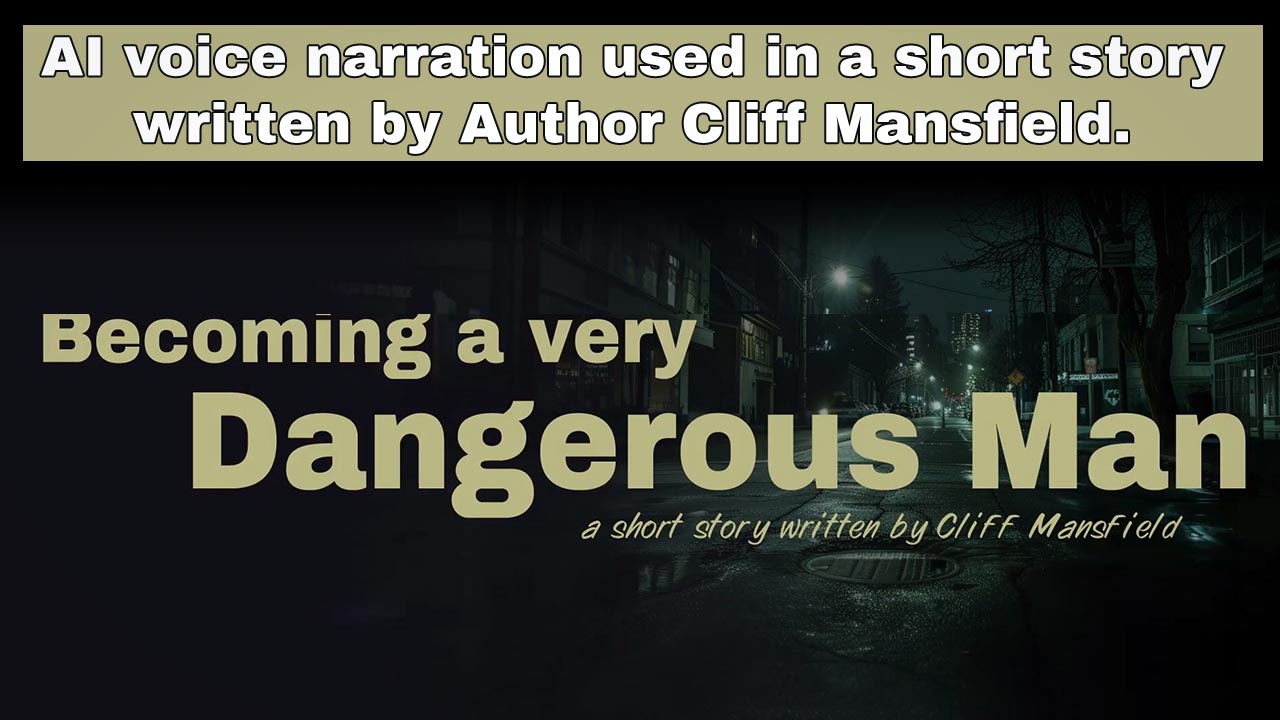AI voice narration used in a short story written by Author Cliff Mansfield.
Ever wondered how to bring your stories to life in a whole new way? AI voice narration is opening up exciting new possibilities for storytellers of all kinds—authors, educators, content creators, and even hobbyists.
Using AI voice doesn’t mean you’re giving up the personal touch. In fact, it’s a tool that can enhance your creative process and help you share your stories with a broader audience—especially those who prefer to listen rather than read.
Here are some helpful tips for using AI voice narration effectively:
- Choose the Right Voice: Not all AI voices are created equal. Some sound more natural, while others may be better for character-driven content or formal narrations. Try a few different options and listen for tone, pacing, and clarity.
- Match the Voice to the Story: Is your story a cozy bedtime tale or a thrilling mystery? Make sure the voice matches the mood. A light, soothing voice might be perfect for children’s stories, while a deeper, more dramatic tone suits action or suspense.
- Pace Matters: Many platforms let you adjust the speed of the narration. Slowing it down just a bit can make the story easier to follow and give emotional moments more impact.
- Add Strategic Pauses: Just like a human narrator, an AI voice can benefit from well-placed pauses. These can create suspense, emphasize a point, or give the listener a moment to absorb the scene.
- Edit the Script for Listening: Writing for the ear is a bit different than writing for the eye. Shorten sentences, use simpler language, and break up long paragraphs so they sound more natural when spoken.
- Use Sound Effects or Background Music: Many tools allow you to layer in subtle background audio to enhance the experience. A little ambient sound can make a story more immersive without distracting from the narration.
- Test with Real Listeners: Before publishing, get feedback from a few people. Ask them how the voice sounds, whether the pacing works, and if the overall experience keeps them engaged.
AI narration doesn’t replace human creativity—it supports it. Whether you’re reading your own work aloud or building an audio version of your blog, book, or video content, these tools can help you connect with your audience in fresh and meaningful ways.
Ready to give your stories a voice? Try AI narration and see just how far your storytelling can go!









Leave A Comment